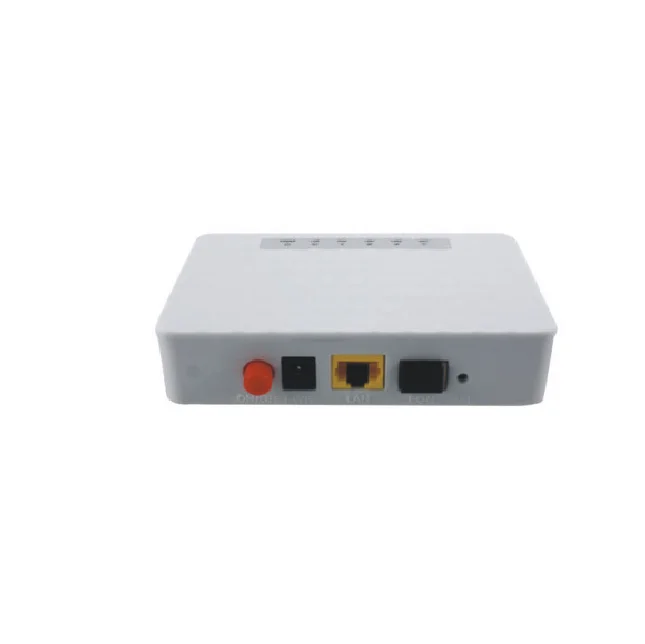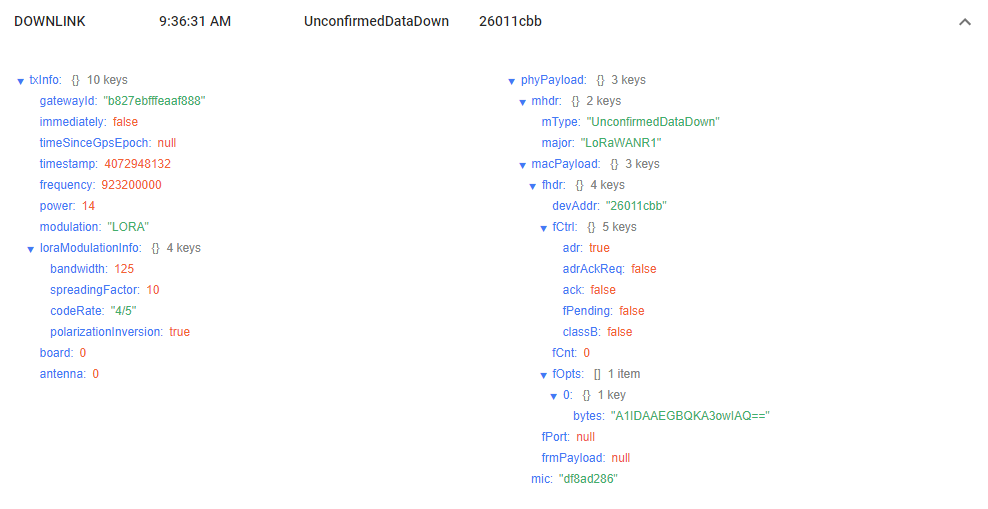

Power over Ethernet (PoE) refers to transmitting power along with data traffic via a single twisted pair Ethernet cable. Put it in layman's terms, a normal SFP port is a downlink port for connecting to the end devices such as PCs an uplink SFP port is to climb to a higher network layer for connecting to higher speed switches, say 10Gb, 25Gb, 40Gb, 100Gb or more.

Correspondingly, we also have the argument of core switches, distribution, and access/edge switches.

In a typical 3-tier network topology, there are core layer, distribution layer, and access layer from top to bottom. In contrast to normal ports, uplink ports are the minority ports for aggregation to higher links. In addition to the regular SFP ports, other SFP interfaces are built into the network switch.įIg 1: C1000FE-48P-4G-L with 48 port PoE+ RJ45 ports and 2 SFP ports and 2 SFP/RJ45 combo ports SFP Uplink Ports What SFP Ports Can be Found on an SFP Switch? Switches with built-in SFP ports are known as SFP switches. One can find SFP ports on various hardware devices, such as Ethernet switches, routers, servers, network interface cards (NICs), etc. Correspondingly, fiber or copper cabling is required to achieve data transmission. An SFP port can house an SFP module with an optical port or an electrical port. SFP port (SFP slots or SFP interfaces) is a recessed slot in a network device for accommodating a matching small form-factor pluggable (SFP) connector to enable data cables plugged in. This post will focus on the SFP port wiki and explain its relationships with the SFP switch. Similarly, SFP ports on network switches achieve high-speed data transmission and communication between two devices. An iPhone relies on the Lightning port to charge, a rice cooker relies on an IEC port to receiver power. You can connect a modem to an Auto-MDIX port without a crossover cable, but it may not provide the extra bandwidth of an uplink port.Look around, and you will see ports exist in almost all transmission wired devices. NOTE: Some routers support "Auto-MDIX," which detects if a connection is straight-through or crossover. On switches, the uplink port is often labeled "Uplink" since it often connects to another switch or router. This port is often labeled "Internet" or has a circle icon that indicates it should connect to an Internet device, such as a cable or DSL modem. Most modern routers have an uplink port on the back. Standard ports rarely use 100% of their maximum bandwidth at the same time, so the uplink port bandwidth is usually less than the combined bandwidth of the rest of the ports. Since all incoming and outgoing traffic flows through the uplink port, it is important that it provides more bandwidth than the rest of the individual ports. A switch may have sixteen 1 Gbps Ethernet ports and one 10 Gbps uplink port. For example, a router may have four 1 Gbps Ethernet ports and one 2.5 Gbps uplink port. Many routers and switches provide extra bandwidth through the uplink port to avoid data congestion. Another option is to use an uplink port, which does this automatically. One option is to use a "crossover cable," which reverses four of the eight wires. When attaching a router to a cable modem, switch, or another router, the Receive and Transmit terminals must be altered to function correctly. Similarly, the Transmit pins inside the port connect directly to the Receive pins on the connected Ethernet cable. This is known as a "straight-through" connection since the data simply passes through the router. When you connect a desktop computer or laptop to a standard port on a router, the Transmit pins from the Ethernet cable connect directly to the Receive pins inside the port. The uplink port may support more bandwidth than the other Ethernet ports.The uplink port reverses the transmit and receive connectors.However, there are two primary differences between the uplink port and other ports on a router or switch: Most home routers include an uplink port for connecting a cable or DSL modem.Īn uplink port looks like a standard Ethernet port, which is a female jack for an RJ45 connector. An uplink port is a port on a router or switch designed to connect to another router or switch or an Internet access device.


 0 kommentar(er)
0 kommentar(er)
